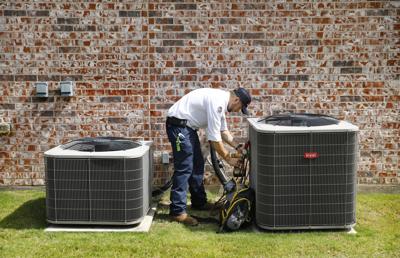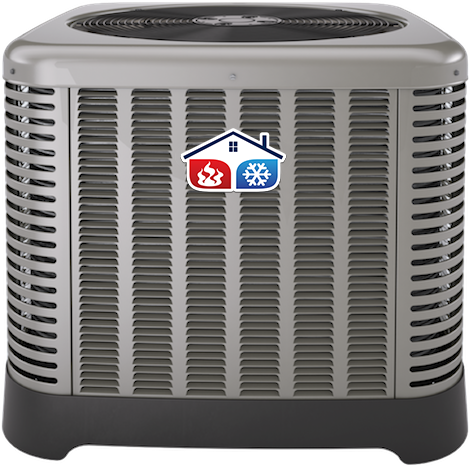
One of my rites of Texas spring, occurring every April or May, comes when I turn on my home air conditioning system for the first time of the year — and warm air blows out.
My AC guy comes over and adds a couple of pounds of Freon refrigerant to the system. Suddenly, I need to grab a sweatshirt.
Along with this, every year like clockwork, my AC guy — and there’s not only one here — tries to sell me a new unit. He explains that the old refrigerant, Freon R-22, will be phased out by January 2020.
Yeah, sure, OK. Whatever. Just give me a couple of pounds, and I’ll see you next year.
If you’re a homeowner, you’ve probably heard some version of this sales rap, too.
But this year was different.
Air Conditioning Tech Tries to Sell You a New System Because of Freon?
The other week, when warm air blew out, my annual 2-pound Freon leak had grown to a record 8 pounds. That’s an environmental hazard.
My penalty? The charge for a pound of Freon (a registered trademark of the Chemours Co.) from this company went from $65 per pound last year to $95 per pound this year. I decided that spending more than $700 for a recharge didn’t make sense.
I did something you may not want to do.
I fell for the rap. Converted my system to the new refrigerant, called R410A, also known as Puron. I spent thousands to buy a new condenser, new evaporator coil and the new refrigerant.
Was it necessary?
After decades in use, production of R-22 comes to a halt in eight months by government order. Apparently, it’s important enough to save the ozone level in the atmosphere that the federal government mandated this phase-out to make way for the new refrigerant.
You don’t have to make the conversion. But the cost of Freon is likely going to climb and climb, so it’s almost prohibitive to keep using it. That’s the plan.
I didn’t have to do it. I could have kept pouring money into recharges. I could have asked them to find the leak and try to seal it.
I even could have tried to convert my system for a lower price without upgrading all the parts. Maybe.
I decided to take the plunge.
Should you?
Ask an expert
The Watchdog worries about homeowners and landlords who don’t have the money to pay for HVAC conversions.
So I called Roy Jones, president of the Texas Air Conditioning Contractors Association, for guidance. He’s the commercial sales manager for a Lubbock HVAC company.
“To me,” he said, “the government has put the consumer in a bad position.”
How so?
“The consumers are trying to depend on their dealer to guide them,” he says. “And there’s a lot of people in the industry who are also confused because it’s not clear. Even the Environmental Protection Agency is not clear on its guidelines.”
Is this necessary?
Jones says you can keep using the old Freon, but you’ll have to find companies that sell recycled Freon — likely at a higher cost.
“Consumers may want to call around and check pricing with dealers,” he told me.
The price of a pound of Freon depends on a dealer’s markup.
The cost of a system switch-over like I had can run from $1,500 to $15,000, depending on what’s involved, Jones said.
“First thing you want to do is see if the leak can be fixed,” he said.
It’s a gamble.
Do you want to take the chance and make repairs and hope the system will hold out? Or do you want to wave the white flag, surrender and help save the ozone (but not necessarily your pocketbook)?
“A lot of times, equipment could be replaced that could be repaired or modified, due to the recommendation of the dealer,” he said.
I translate that to mean: Don’t always believe everything you hear. Check it out. Getting second and third opinions/bids from different companies seems like the smartest route to take.
Jones says, “It’s really not going to be a major issue. It’s not going to be a disaster.”
AC units installed after 2010 are supposed to already use the new refrigerant.
Note: If you live in the Oncor service area, you could qualify for “incentives ranging from $300 up to $3,000,” according to Oncor’s website. Your dealer can help with that. It depends on what kind of installation is done and the property owner’s geographic location.
For more information on that, visit https://bit.ly/ 2vPJZDd for Oncor’s “Take a Load Off, Texas” program.
- By Dave Lieber The Dallas Morning News Commentary
- Post Original Source
